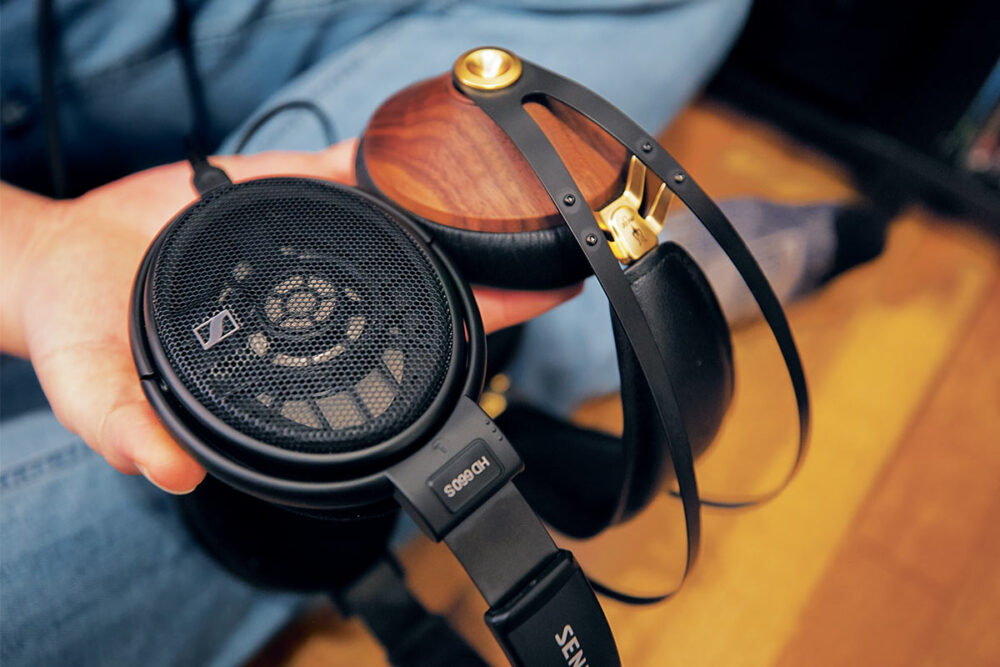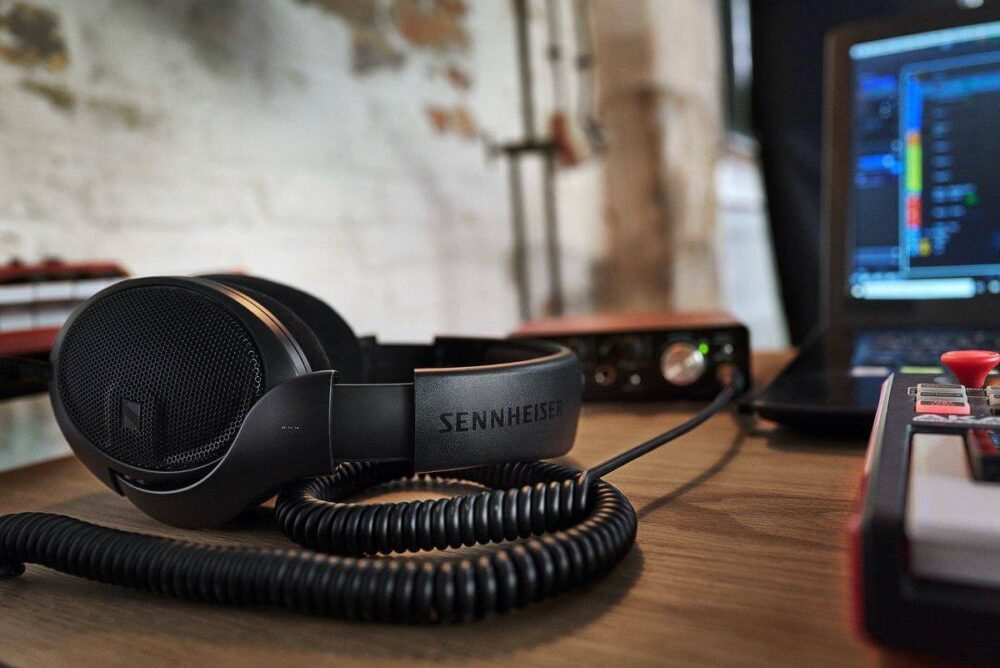
Headsets as an office tool have become a requirement for online business transactions. Various headsets with different styles, prices, brands, and quality are being sold in the market, making it harder for anyone to choose.
There are a lot of specs that should be considered when choosing headsets. As a responsible buyer, you should choose a headset with great characteristics that will last for years. Simply Headsets offers quality headsets of different types and styles for various purposes. If you already have a certain type of headset in mind, here are five characteristics of great headsets you must consider before buying.
1. Headset Drivers
When choosing headsets, it’s important to prioritize the drivers since they are responsible for transferring electrical and audio impulses and transforming them into audible sound waves. Typically, drivers consist of a membrane or diaphragm, a wire or coil, and magnets. The diaphragm vibrates due to electrical signals, which make sound waves audible.
Most manufacturers specify the diameter of headset drivers in millimeters to improve sound quality. If the diameter of a headset is large, a higher quality of sound will produce. Additionally, the speakers and connectors of a headset should be high quality. Electrical conduction will depend on the material used in the connectors and speakers.
2. Sensitivity and Sound Pressure

Sensitivity refers to the capacity of the headset to perceive sound, even with the tiniest shift of volume, while sound pressure measures the loudness of the headset. The level of sound pressure is used to evaluate the sensitivity of headsets. Sensitivity, on the other hand, describes the effectiveness with which an electrical signal is processed into a sound wave.
The level of a headset’s sensitivity is important to understand how to control volume and its impact on voltage. Sensitivity affects volume as a resistance factor, so headsets with high sensitivity are louder.
3. Harmonic Distortion
Headsets generate sound using vibration from the driver’s diaphragm. If headsets are at high volumes, the diaphragm might not be able to vibrate quickly, leading to distortion. Harmonic Distortion shows distortion level when using high-volume headsets. The smaller the percentage of distortion, the better the headset.
4. Noise
The noise characteristic of headsets can be classified into two:
Noise Cancellation
Noise cancellation refers to the ability of the headset to cancel out sound. The headset’s noise cancellation is only effective for low frequencies and ineffective for high frequencies. Headsets with this feature also consume a high amount of battery and are sometimes more costly.
Noise Isolation
Noise isolation refers to the ability of the headsets to limit external sound. Most headsets with noise isolation have seals, like on-ear, closed-back, and in-ear headphones. These headsets have no frequency restrictions and external power requirements, which is why it is the most affordable.
5. Frequency Response

The frequency response of headsets shows the range of audio frequencies they can generate. Measurement is based on Hertz, wherein the lowest number indicates the quantity of bass, and the highest indicates the amount of treble. Frequency response can assist you in choosing a headset depending on your taste in music. However, it is not a reliable predictor of sound quality.
For a Better Sound Quality
There are many headsets to choose from, and comparing specifications is not enough to ensure you have the best headset. Instead, you may use specifications to limit your options and choose the characteristics appropriate for your preferred music style and purpose.








